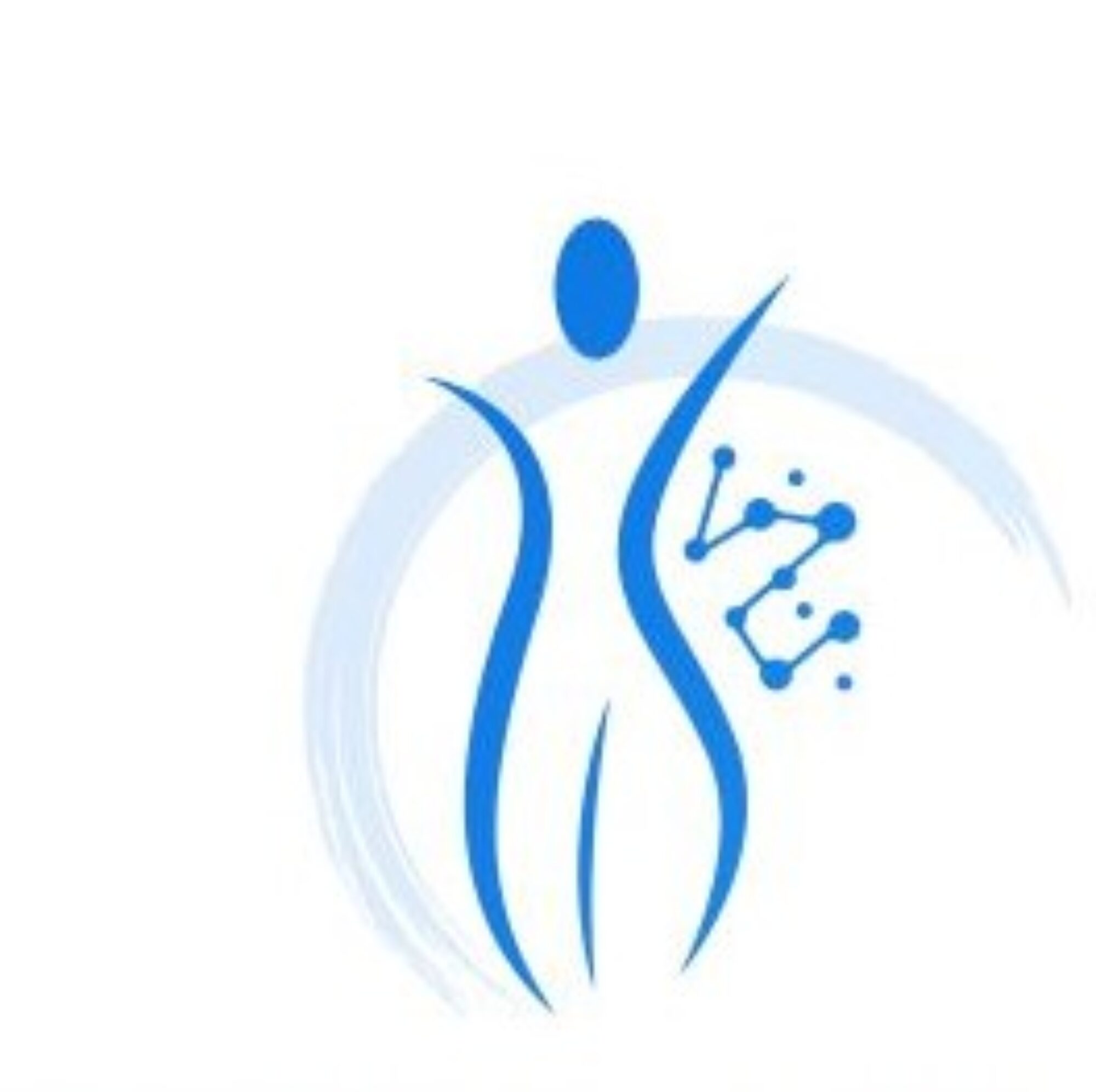 Did you know that getting a massage after you have an intensely vigorous workout can actually enhance your recovery? It can. Let’s talk about why and how you can benefit from this new-found knowledge.
Did you know that getting a massage after you have an intensely vigorous workout can actually enhance your recovery? It can. Let’s talk about why and how you can benefit from this new-found knowledge.
Muscle Power
When you exercise regularly, you put a strain on your muscles, ligaments, and tendons (particularly if you don’t stretch and drink plenty of fluids). Intense workouts cause tiny tears in your muscle fibers which cause inflammation. Ever notice how you are suddenly aware of every muscle in your body after a workout? This creates problems for those little fibers under your skin called fascia. Often, we hear people complain about their sore muscles after they push themselves to achieve desired results. While testing your personal limits is beneficial to a healthy workout routine, it needs to be done carefully to avoid serious injury.
Massage not only helps to work out the knots and kinks, but also flushes out toxins and gets the body’s blood flowing. This practice helps to restore your muscles back to their normal state and work smoothly again.
Pliability
Muscle injury is common because of our sedentary lifestyles. We spend hours sitting at a desk and staring at computers five days a week. As a result, we aren’t as limber as say a toddler who never sits still. Our muscles naturally begin to stiffen as we get older if they are not stretched regularly. After working out, our muscles constrict and when not properly addressed, this tightening can lead to injury.
Another benefit for the post workout massage is pliability. Massage is a form of stretching, which helps to elongate muscles and return them to their original range of motion. Loose muscles are less likely to strain or sprain and will help to restore flexibility.
Achieving Balance
It’s no secret that massage helps to relax and calm the body and mind. It can be a helpful tool for anyone looking to maintain a well-rounded fitness regimen. It provides the opportunity to balance the happy endorphins released from a workout and cortisol reducer (or stress relief). When paired with the right essential oils, anyone can strike a perfect balance of exercise and self care.
Timing is Everything
Be strategic about the timing of your massage appointment. Ideally, it will be the time of day when you can unwind and allow your body to relax. If you are one of those people who feel invigorated by a massage and it helps jump start your day, be careful when working out soon after a massage session. The muscles your therapist just worked hard to relax could tighten during your workout creating the opposite desired outcome.
Talk to your massage therapist about your workout, the pains or discomfort you may be experiencing and ask what treatment they recommend.
Schedule your massage appointment today!







